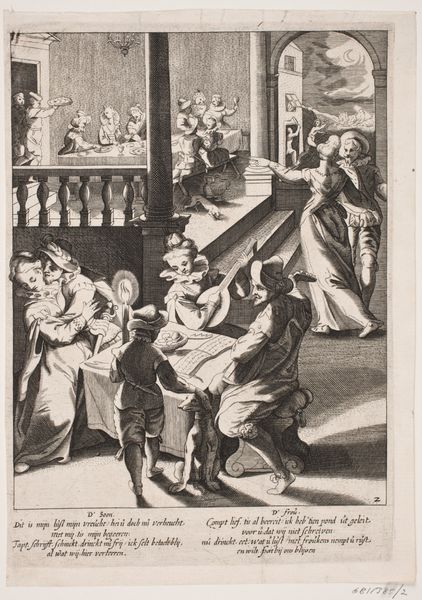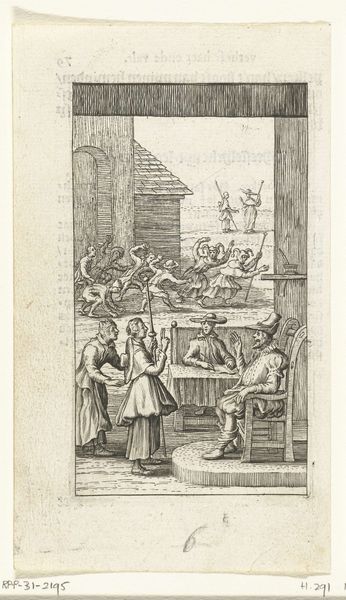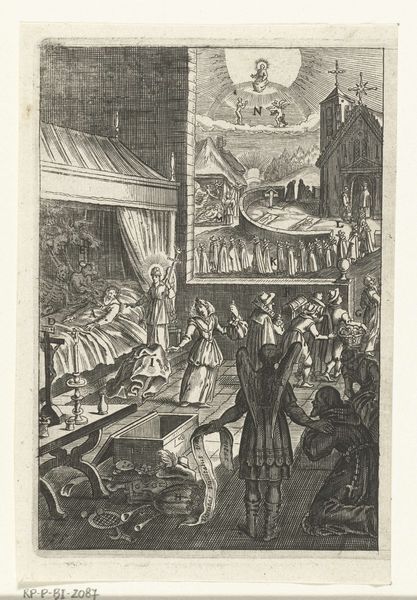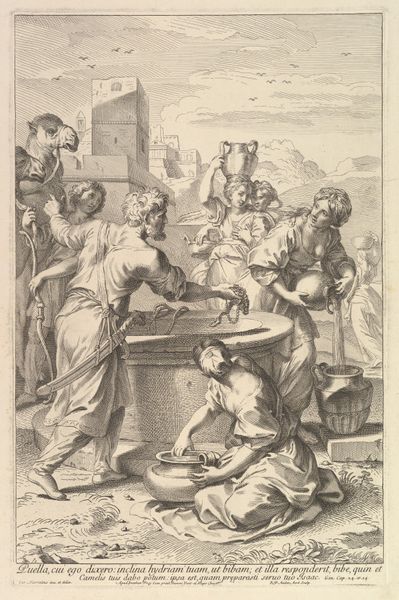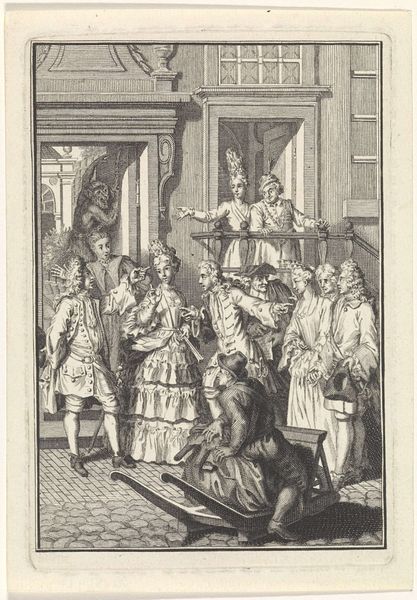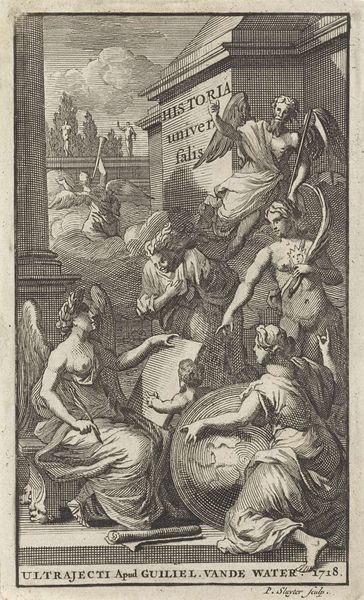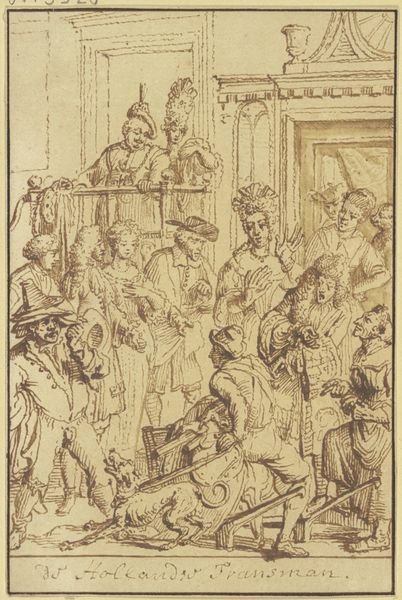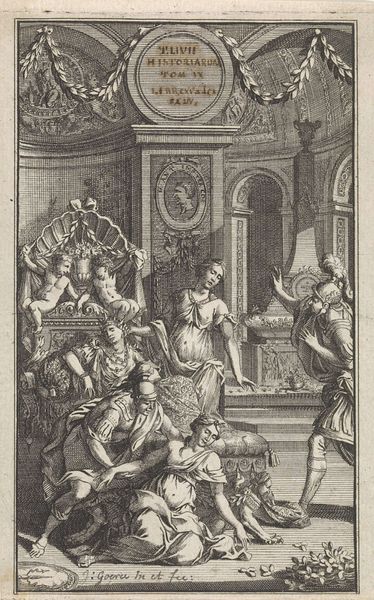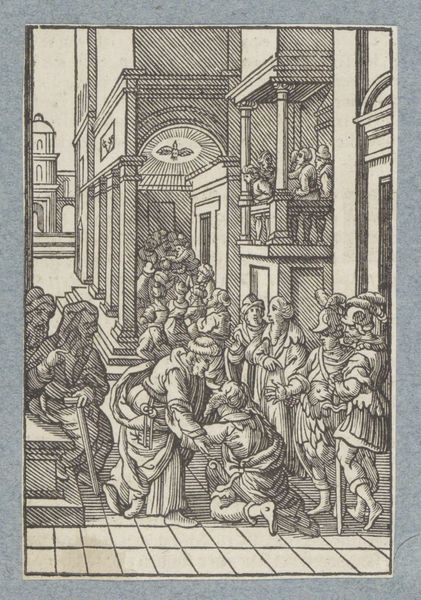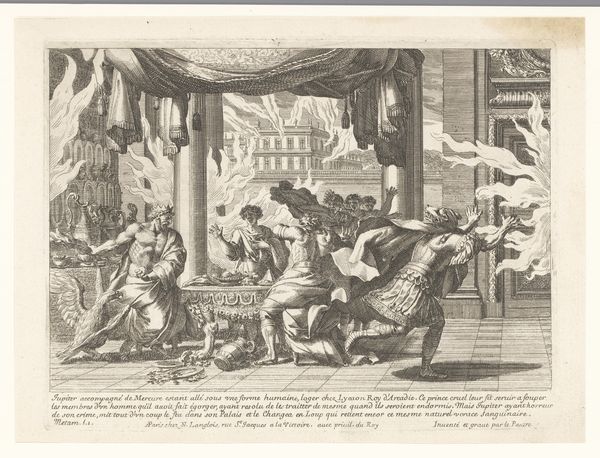
engraving
#
portrait
#
allegory
#
baroque
#
dutch-golden-age
#
figuration
#
line
#
islamic-art
#
history-painting
#
engraving
Dimensions: height 140 mm, width 88 mm
Copyright: Rijks Museum: Open Domain
Editor: Here we have Bernard Picart's "Europa in een bibliotheek," created in 1718. It's an engraving and is currently held at the Rijksmuseum. The composition feels very dense and symbolic, almost like a visual puzzle. What do you see in this piece, beyond the surface-level imagery? Curator: It's a fascinating allegorical print. Note how Europe is depicted not just as a queen, but enthroned within a library—a space traditionally associated with male scholarship. Consider the implications of situating a female figure, embodying a continent, within this context. What tensions might arise from that placement? Editor: That's a great point. I hadn't really considered the gendered aspect of the library setting. Are those cherubs around her significant too? Curator: Absolutely. They represent arts and sciences, yet their playful depictions create a sense of both promotion and perhaps trivialization of female rule and intellectual capability. Also, think about the presence of Islamic art imagery worked into the whole picture and the context of Dutch-Golden-Age exoticism: does this work reflect or challenge dominant European perspectives? How might colonialism inform this representation? Editor: So, it's more than just a depiction of Europe; it's a commentary on power, knowledge, and perhaps even the complicated relationship between Europe and other cultures. Curator: Precisely. The engraving invites us to consider the societal power dynamics reflected in the choices made when allegorizing something. By examining these components and posing difficult questions, we're equipped to delve deeper into art as historical, philosophical and societal mirror. Editor: I’ll definitely be approaching similar works with a more critical eye from now on. Thanks for that insightful context!
Comments
No comments
Be the first to comment and join the conversation on the ultimate creative platform.
